A new PETA Asia video exposé of Thailand’s betta fish industry documents entrenched neglect and cruelty to fish who are bred into a life of deprivation and suffering. The video shows bettas confined to tiny containers in water that barely covers their bodies. The eyewitness – who visited 10 breeding factories and packing operations – Bettas were also deliberately left out of the water for long periods of time while workers sorted them for shipping.
A Trail of Dead Fish Behind Every Purchase
Many bettas sold around the come from breeding factories in Southeast Asia, and Thailand is one of the top global exporters. Dead fish were found at every facility visited by PETA Asia’s eyewitness. Many died in breeding tanks, and workers didn’t bother to remove the dead bodies. At one facility, the eyewitness found a bucket containing both dead and live bettas. The fish were deemed unprofitable because they had damaged tails, and a worker admitted that they would simply be dumped into a nearby pond or canal. Dumped fish are left to fend for themselves in an unfamiliar habitat.
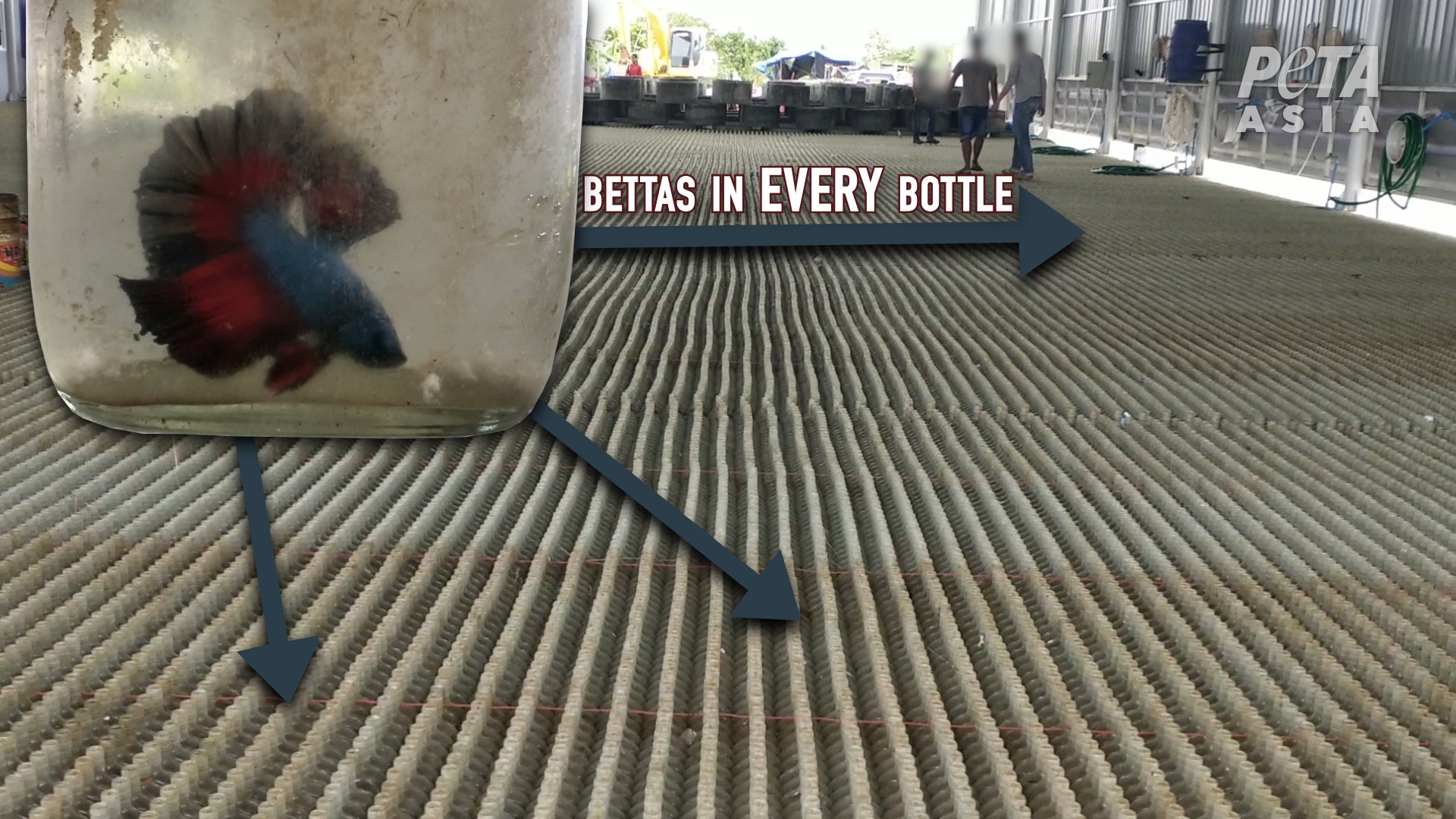
At this facility, tens of thousands of fish were kept in small, often filthy bottles. In such a small volume of water, ammonia from the fish’s waste builds up, quickly contaminating it. The bottles were packed together so tightly that workers were able to walk over the tops of them.
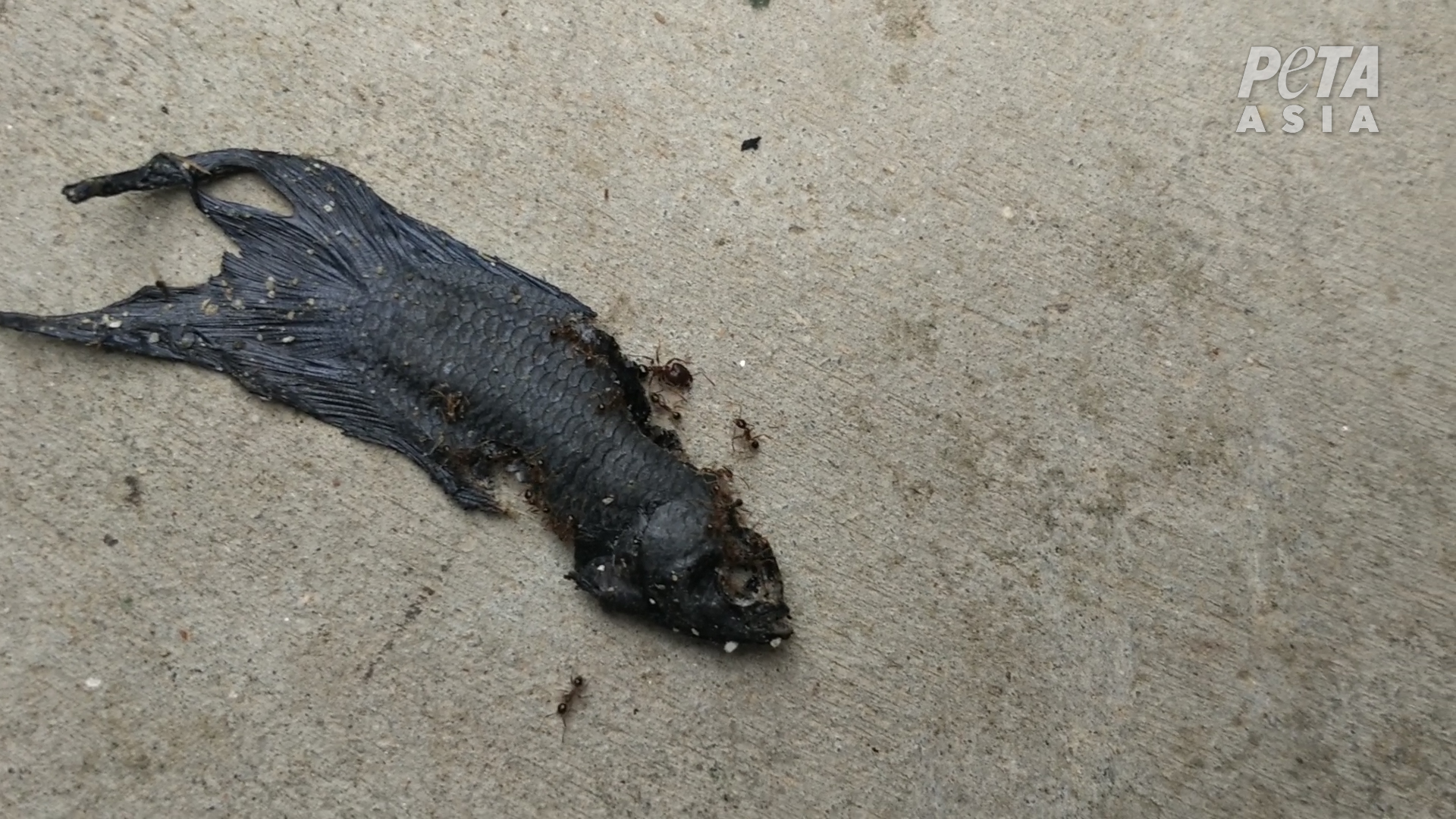
Dead fish were found at every single facility visited. Many were seen rotting on the floor, likely having died of suffocation.
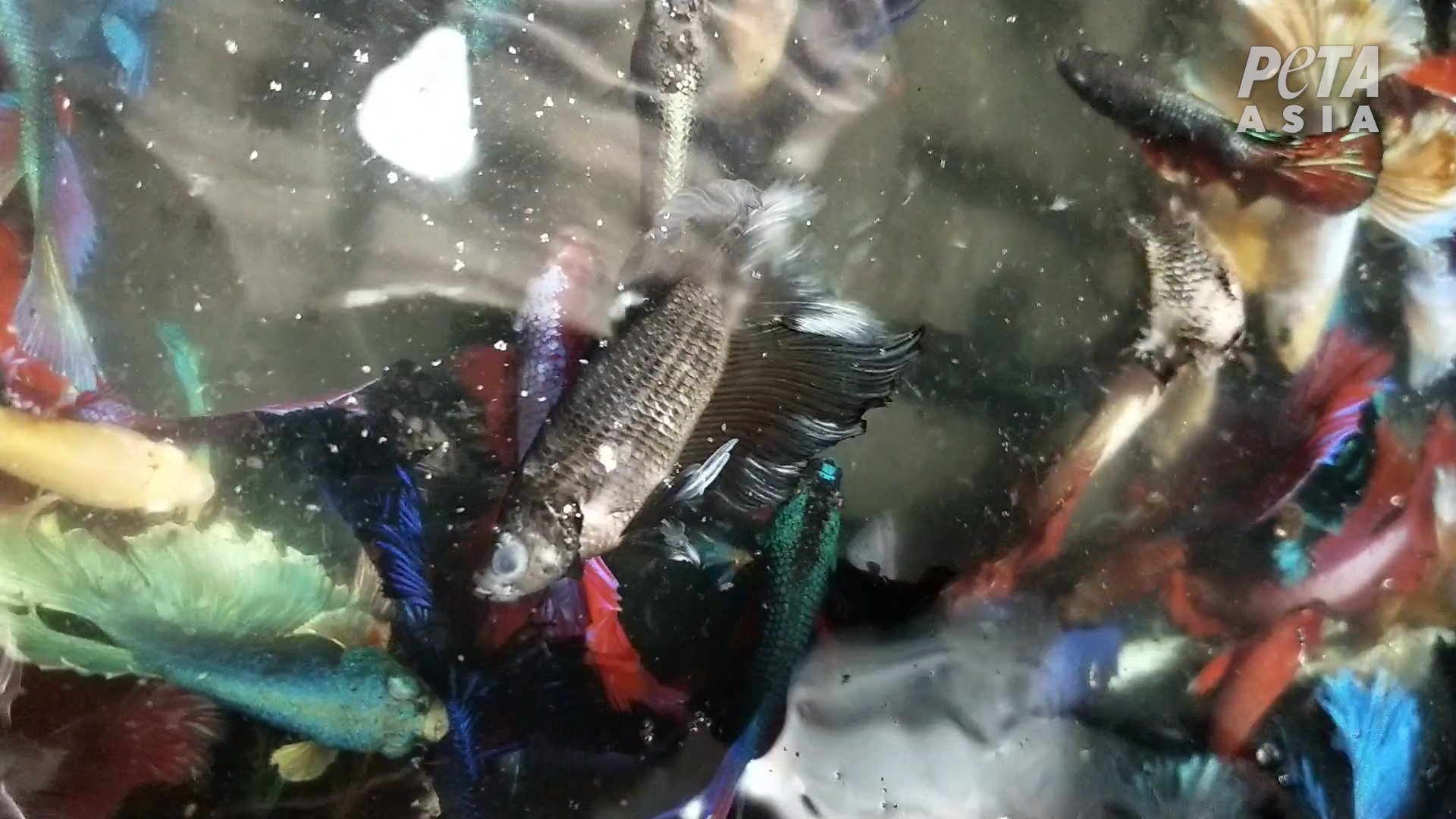
The eyewitness saw a bucket containing both live and dead bettas. They had been deemed unprofitable because they had damaged tails. A worker suggested that they would be dumped into a nearby canal or pond.
Starved and Doped: Bettas' Harrowing Journey From Thailand
When betta fish are shipped to India and other countries around the , they’re commonly packed without any food. The journey can take several days. A worker told the eyewitness that a tranquiliser is added to the water so the fish won’t eat their own tails.
One company that was visited ships approximately 100,000 bettas to the US alone, and up to 1,000 of them die before even reaching distributors.
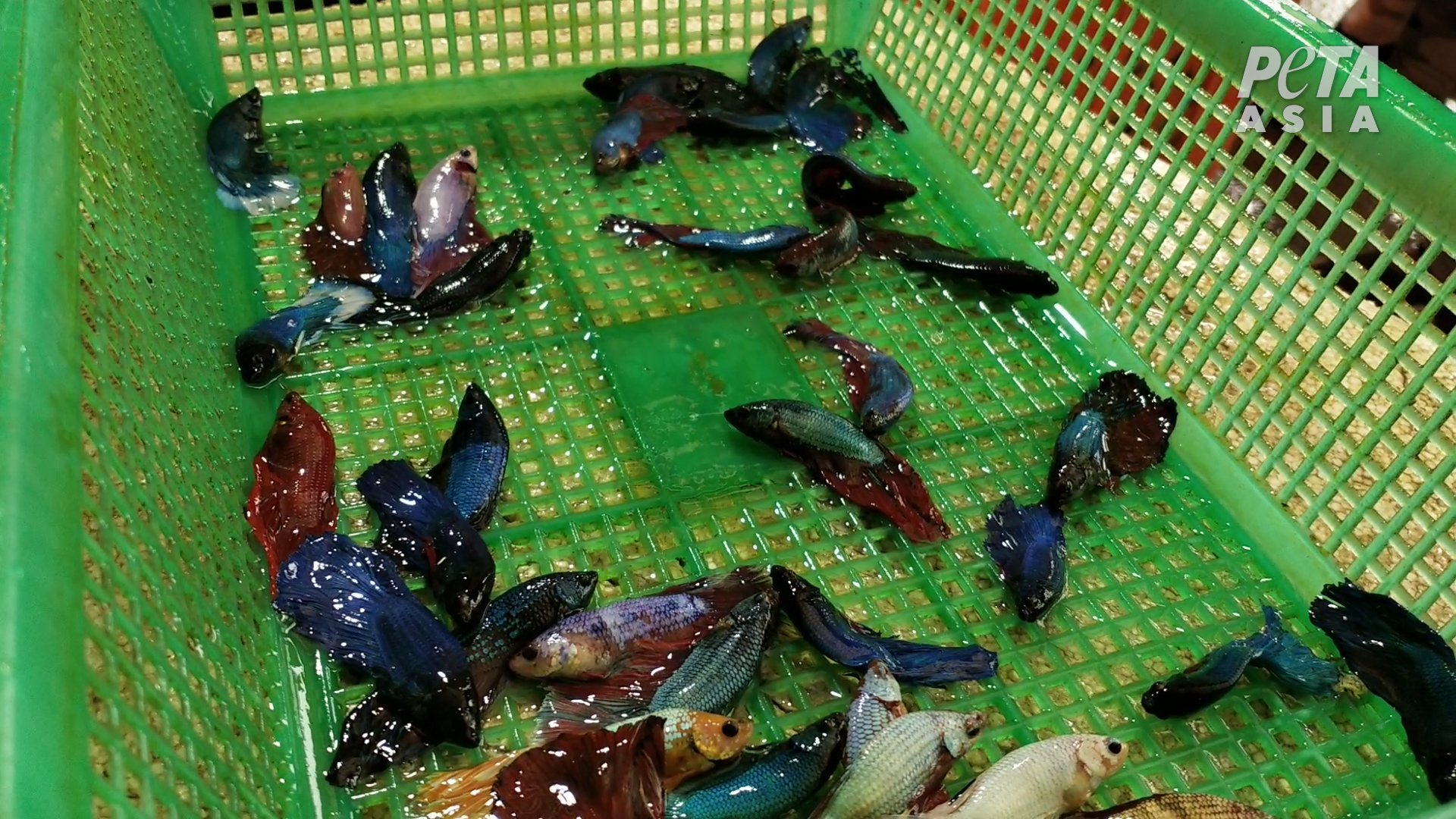
While workers sorted the betta fish for shipping, they left them out of the water, causing them to writhe and gasp for air over an extended period of time.
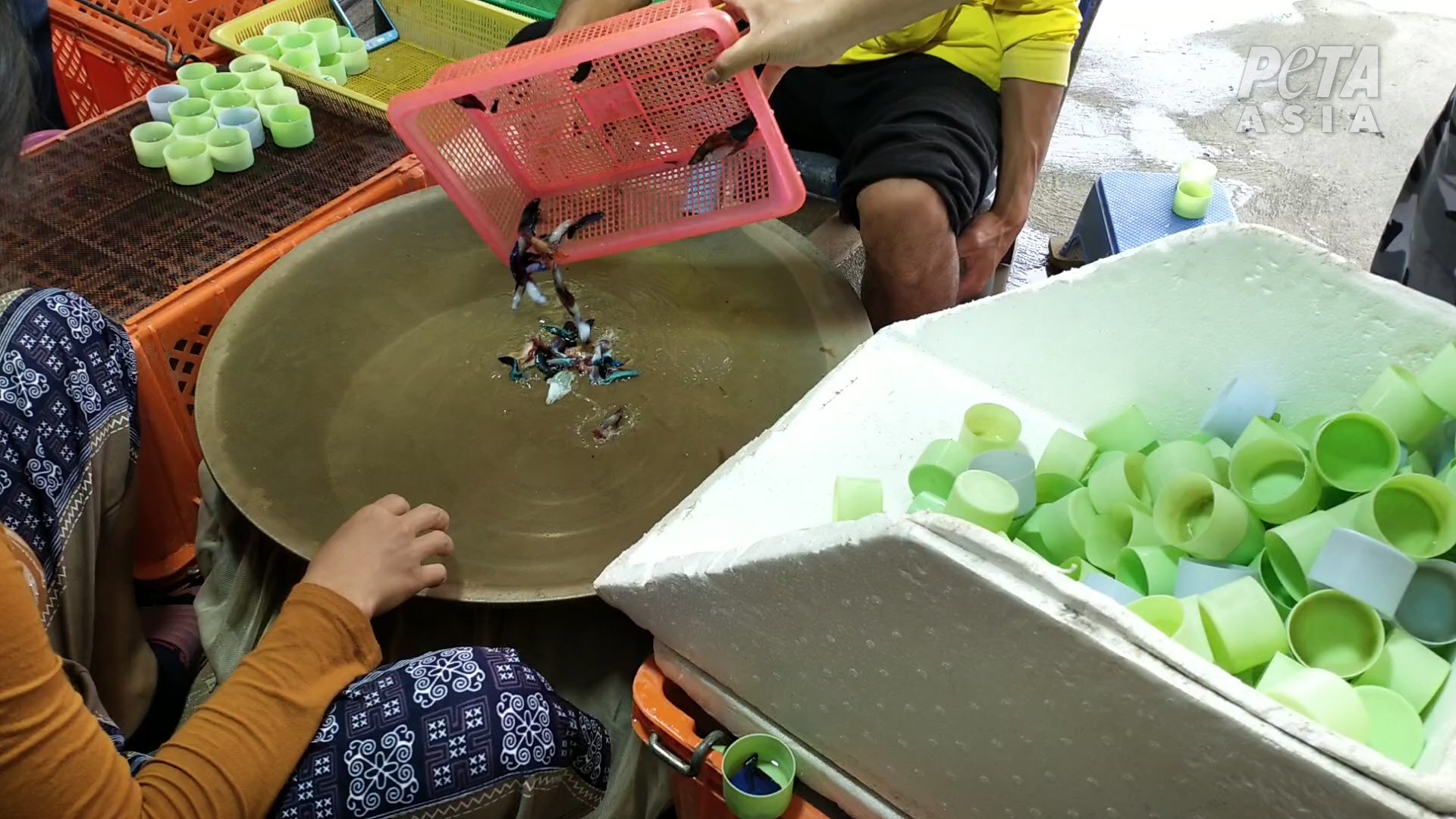
Prior to being packed up for shipment, fish were haphazardly dumped onto a screen and then scooped up in plastic cups. The water in these tiny containers barely covers their bodies.
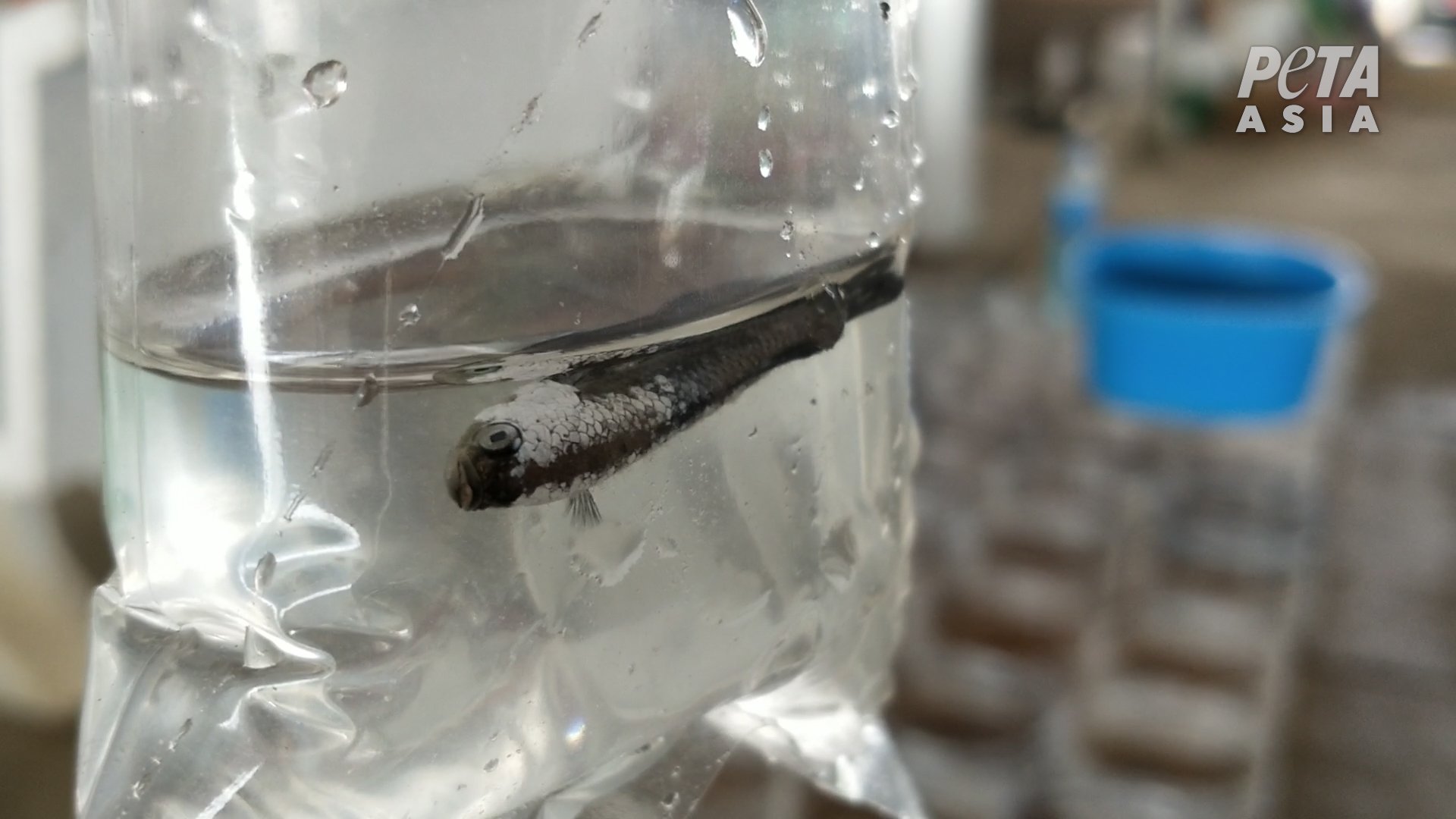
An unresponsive betta fish floats sideways in a plastic bag. Bettas are typically shipped in tiny plastic bags – often with barely enough water to cover their bodies. Countless fish die before ever reaching pet stores.
Bettas are vibrant, complex animals with specific needs. To be healthy, each one needs a minimum of 9.5 litres of clean, filtered, flowing water.
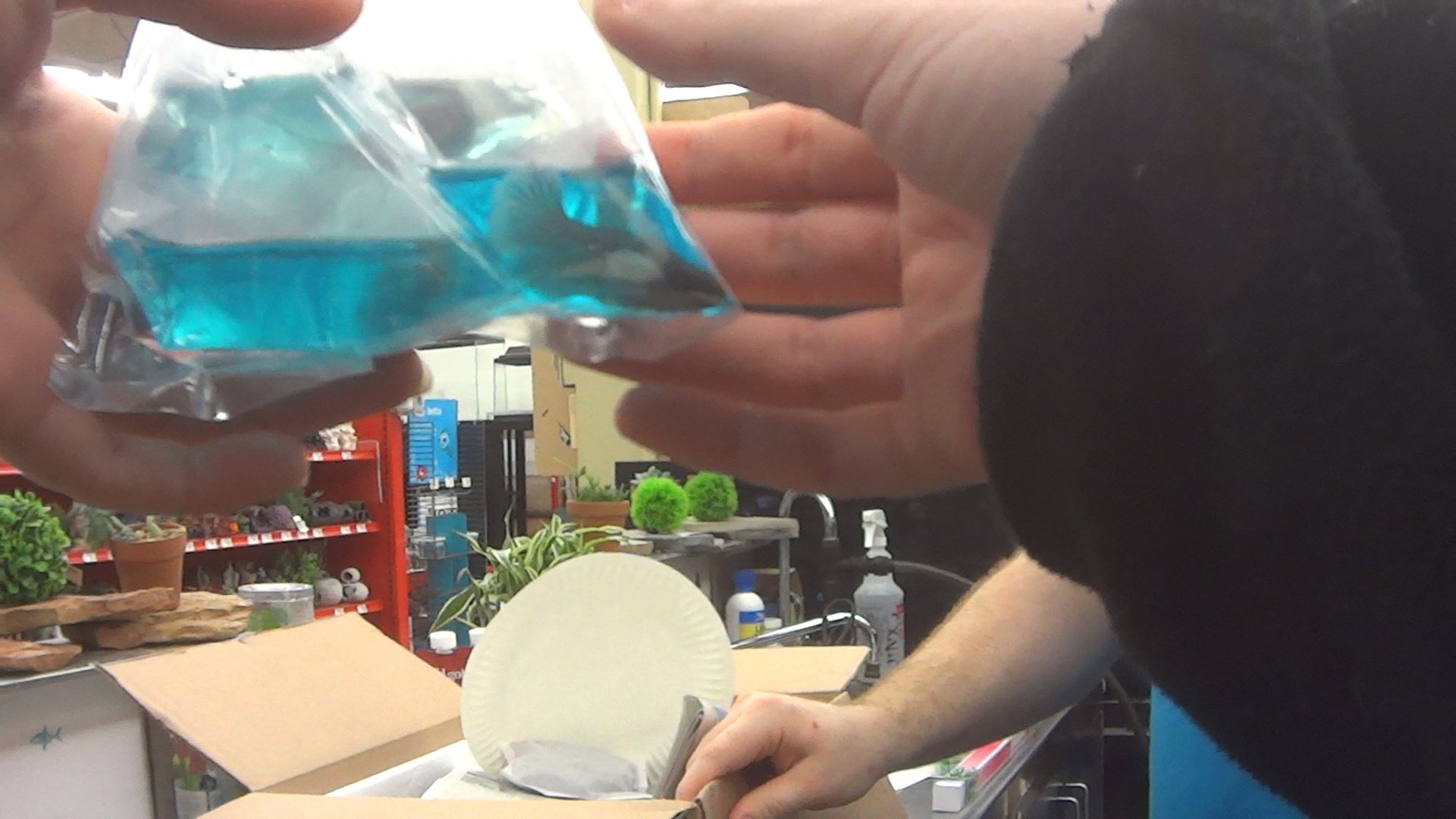
Before reaching distributors, bettas are shipped internationally by air, which can take several days, without any food. A worker told PETA Asia’s eyewitness that they add a tranquiliser to the water so the fish won’t eat their own tails – a standard practice in the pet industry.
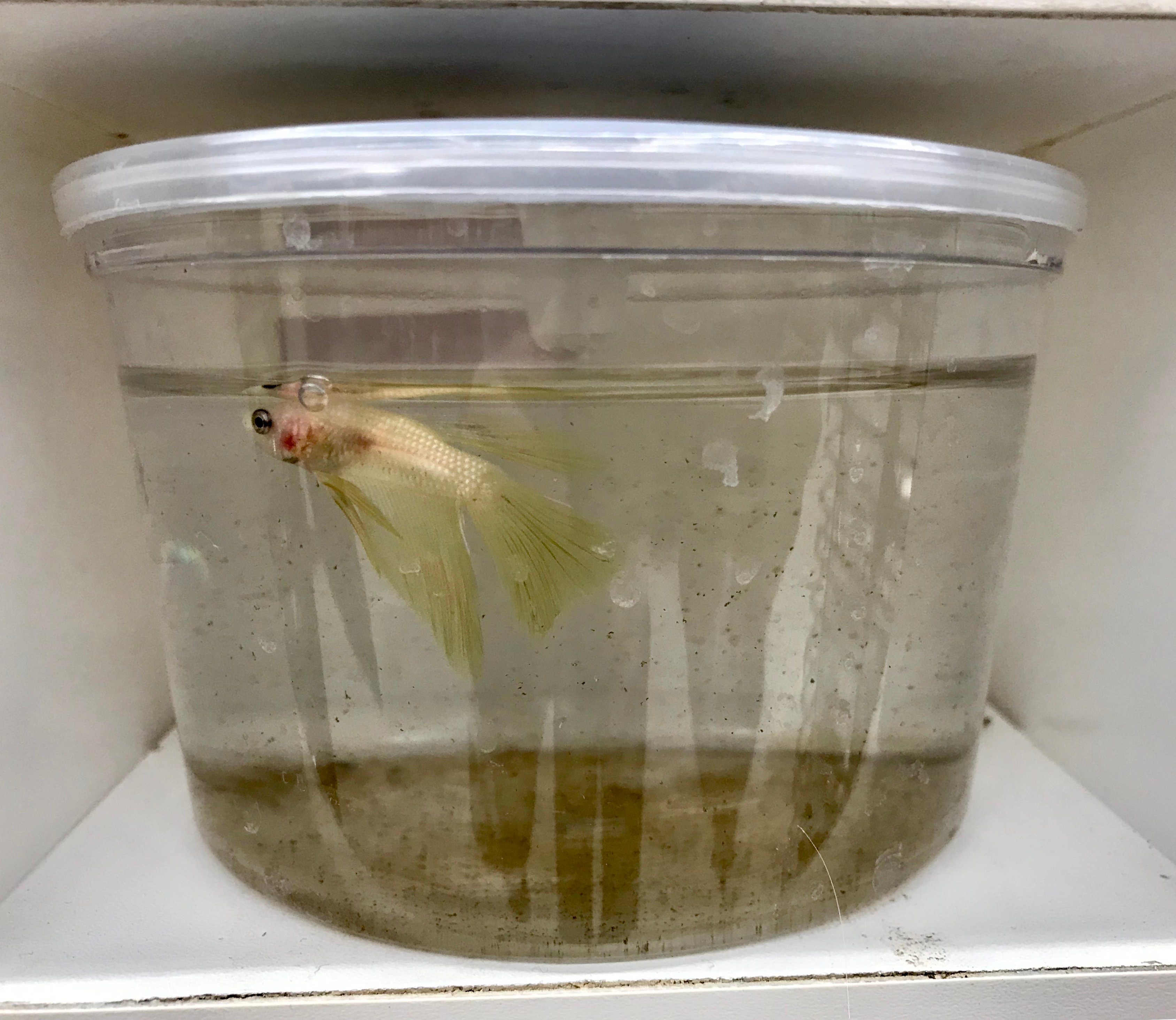
In many shops, betta fish are confined to tiny plastic cups containing just a couple of inches of water.
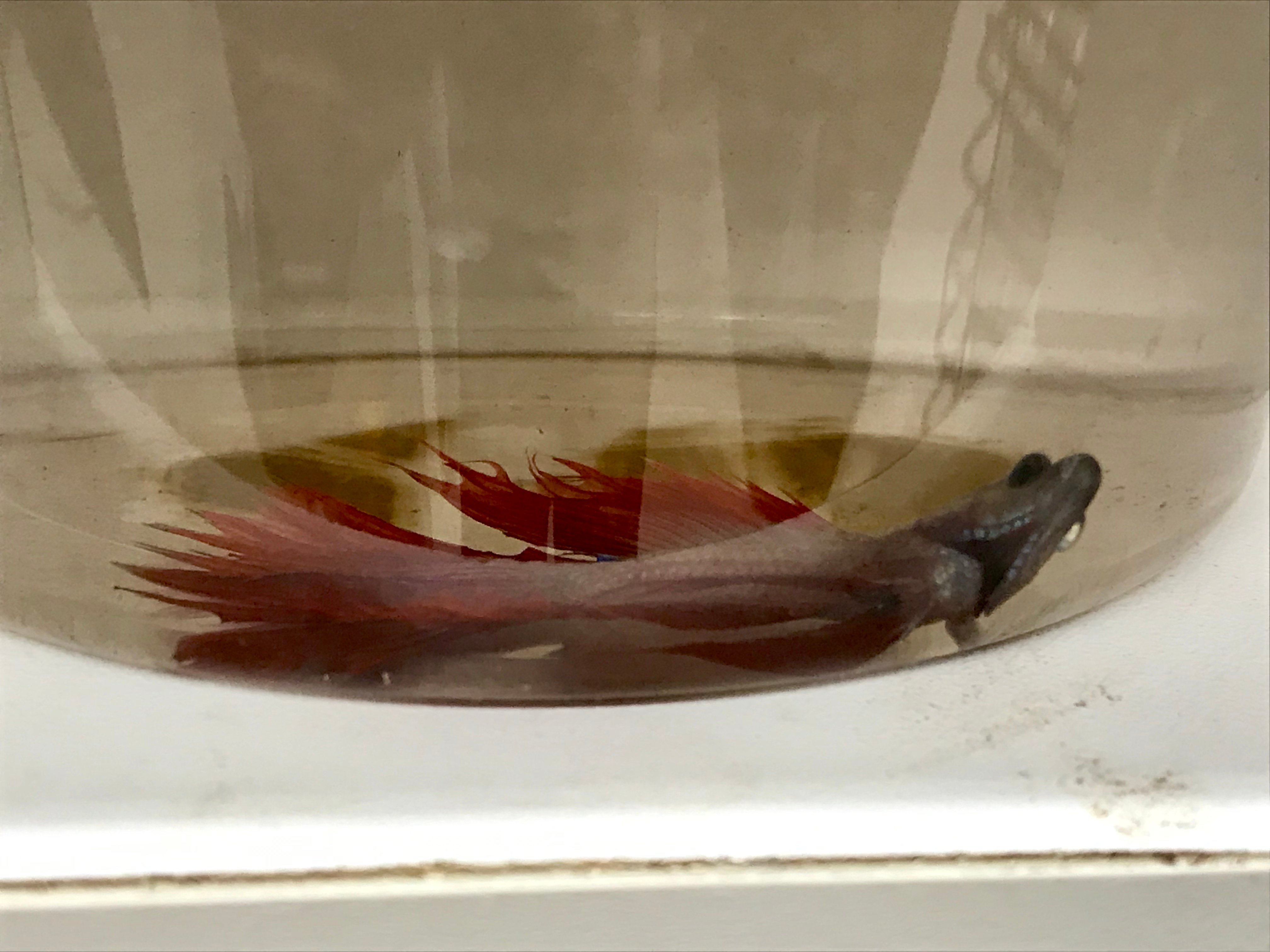
Scores of customers have complained about finding sick and dead betta fish floating in dirty water on pet store shelves.
The trade in betta fish is causing suffering on a massive scale. Please don’t buy betta fish or support pet stores that sell them. Share this video with your friends and family.
Looking for more ways to help? Check out the following suggestions:
- Sign up for PETA India’s Activist Networkto receive information about ways to get involved in your area.
- Support PETA India’s vital work for all animals by making a much-needed gift right now.
- Join us on Facebook, Facebook Hindi, Twitter, and Instagram to get active for animals.
